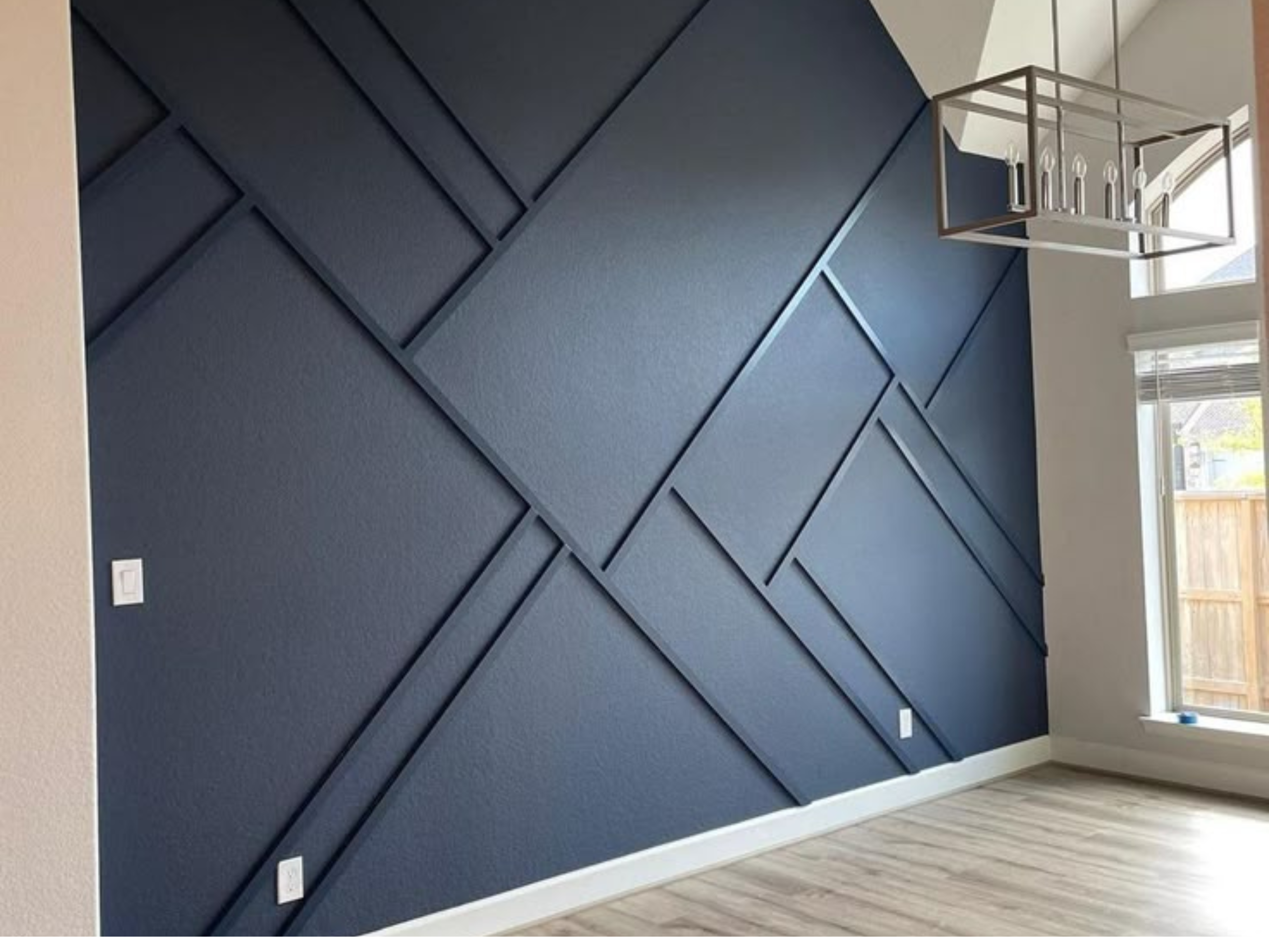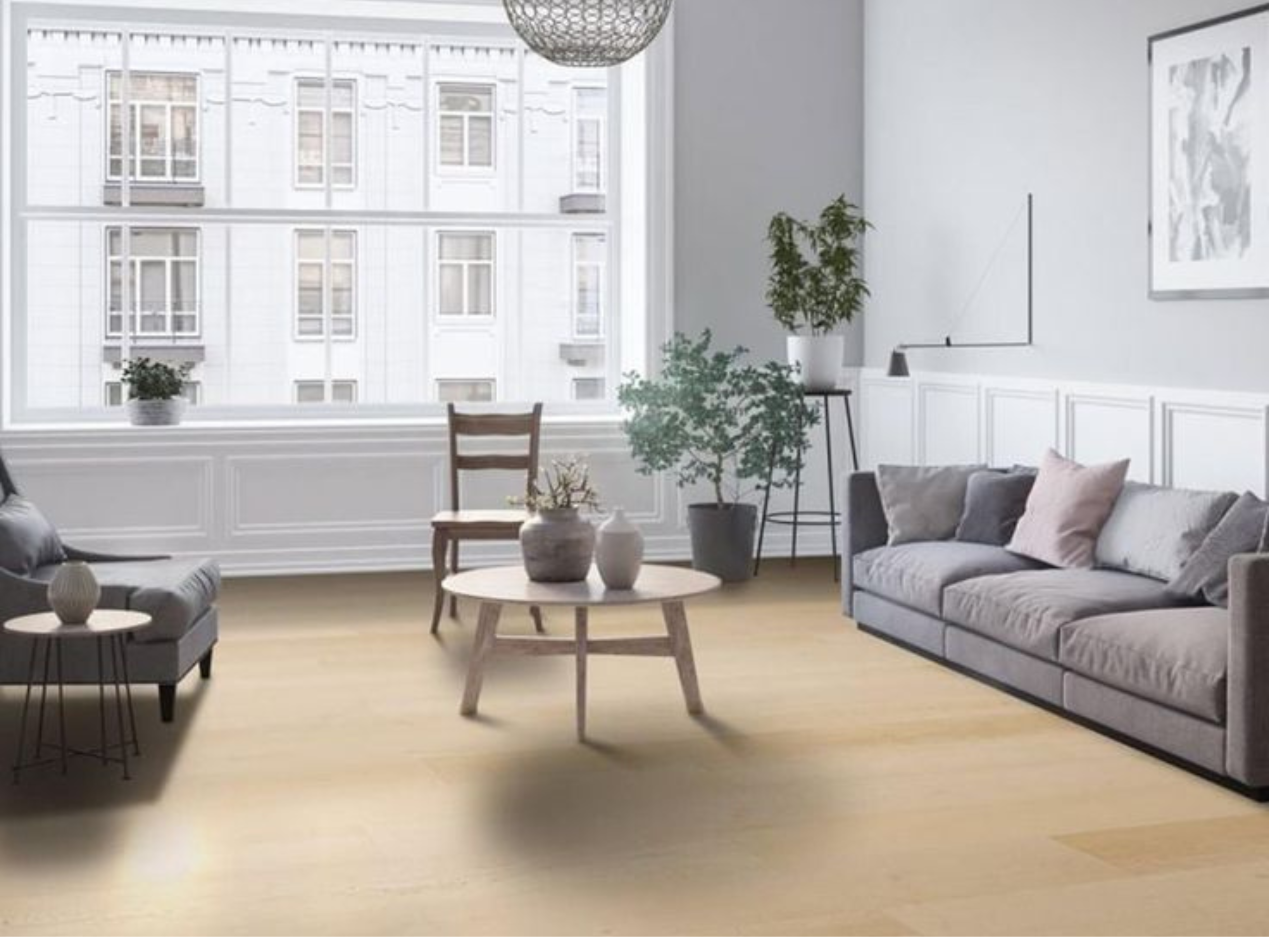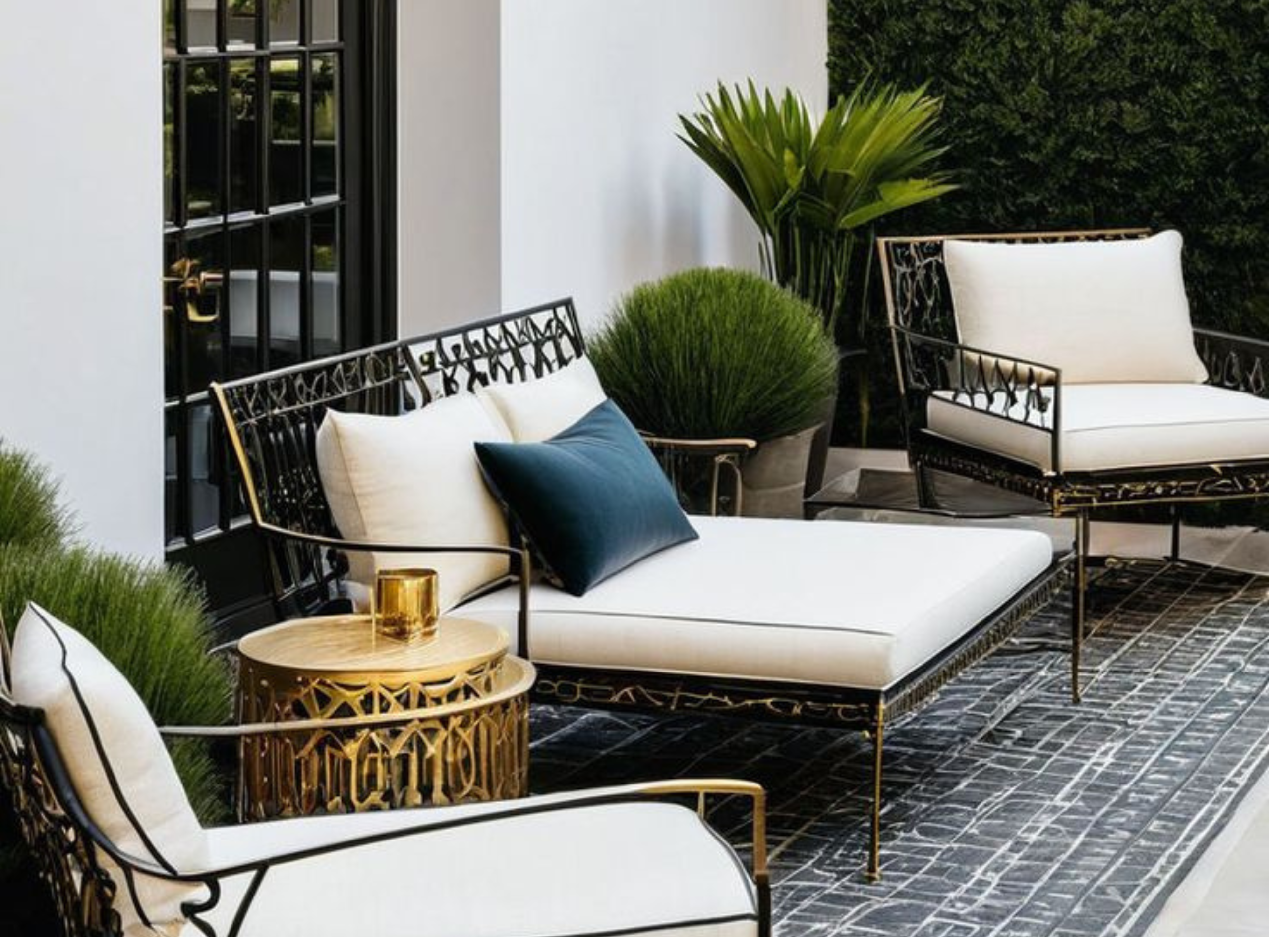Introduction to Wall Textures
Are you tired of plain, boring walls that do nothing to elevate your space? Wall textures can transform an ordinary room into a stunning showcase of style and creativity. They add depth, personality, and character to your interiors without the need for major renovations. Whether you’re looking for something sleek and modern or rustic and cozy, there’s a wall texture perfect for every taste.
From smooth finishes that exude elegance to bold brick or stone designs that make a statement, the world of wall textures is rich with possibilities. Let’s dive into twelve stunning types of wall textures that will inspire you to reimagine your living spaces!
Smooth Wall Texture
When it comes to wall textures, smooth is timeless and versatile. This finish offers a sleek, contemporary look that complements various interior styles.
Smooth walls are easy to maintain, making them an ideal choice for busy households. They can also make your space feel larger and brighter by reflecting light beautifully.
This type of texture works wonders in modern settings or minimalist designs. Whether you opt for a matte or glossy finish, the subtle elegance of smooth walls sets the stage for other decor elements to shine.
Additionally, they provide a perfect backdrop for artwork and decorative accents without overshadowing them. The seamless appearance adds sophistication while keeping things simple and classy.
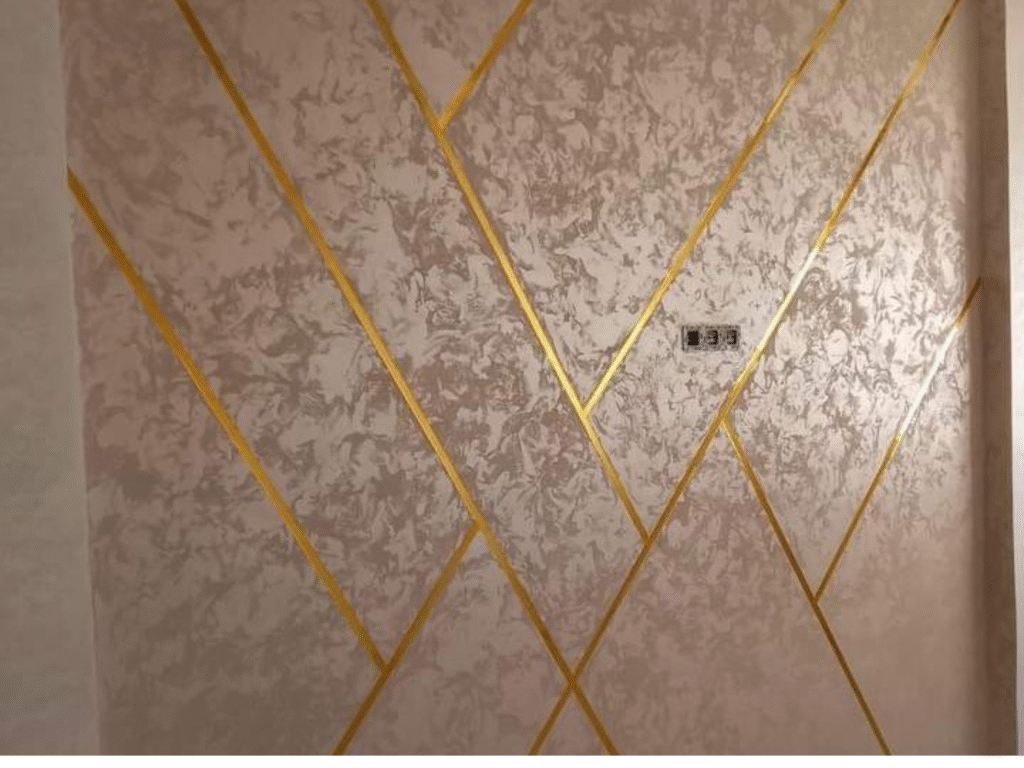
Stucco Wall Texture
Stucco wall texture offers a timeless appeal, blending rustic charm with modern aesthetics. Made from cement, sand, and lime, this material creates a durable surface that can withstand the test of time.
One of the most attractive features is its versatility. You can customize it to suit various styles—be it Mediterranean or contemporary. The application process allows for different finishes, from smooth to rough textures.
Beyond visual appeal, stucco promotes insulation and energy efficiency in homes. Its breathable nature helps prevent moisture build-up while providing excellent soundproofing qualities.
Maintenance is relatively easy as well; periodic washing keeps it looking fresh without much effort. Plus, you have an array of color options available through paints that adhere beautifully to stucco surfaces.
This texture invites creativity into interior spaces while ensuring lasting quality throughout your home design journey.
Brick Wall Texture
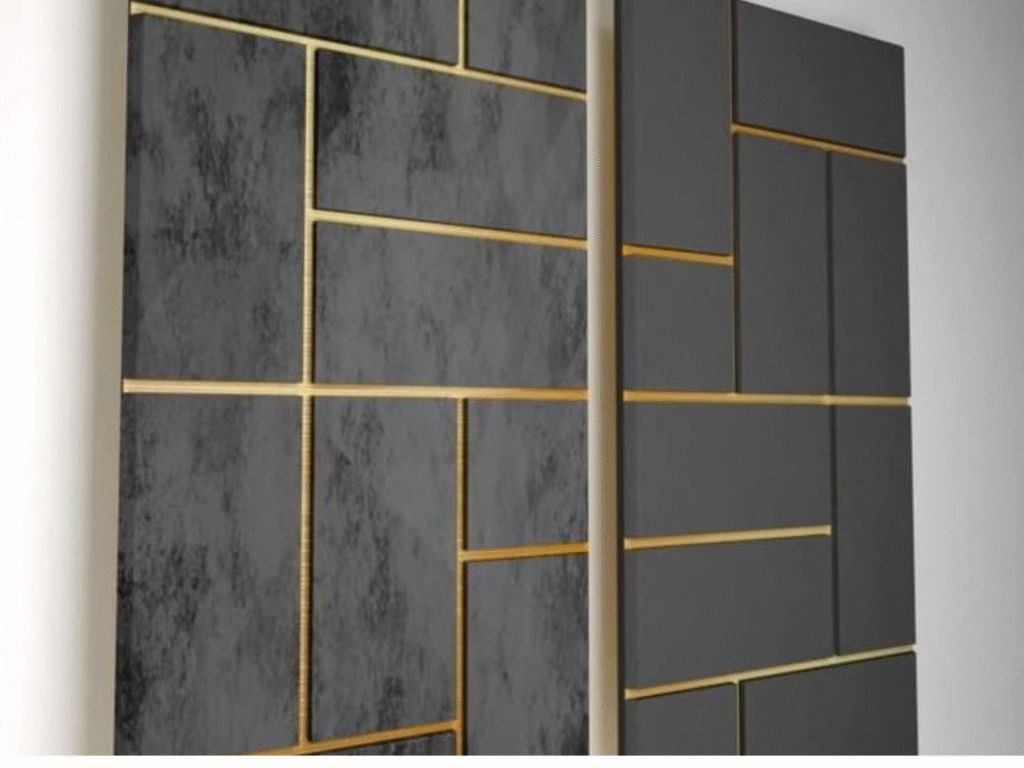
Brick wall texture adds a timeless charm to modern interiors. Its rustic appeal complements various design styles, from industrial to contemporary.
Exposed brick can serve as a stunning focal point in any room. The roughness and unique patterns of each brick bring warmth and character that paint simply cannot replicate.
Choosing a brick wall texture allows for versatile color palettes. Whether you prefer the classic red hues or opt for more muted tones, there’s an option for every aesthetic.
Careful installation is key to showcasing this texture effectively. Properly sealing the bricks ensures durability while maintaining their raw beauty.
Incorporating accessories like shelves or artwork against a brick backdrop enhances visual interest. This layered approach creates depth and draws attention without overwhelming the space.
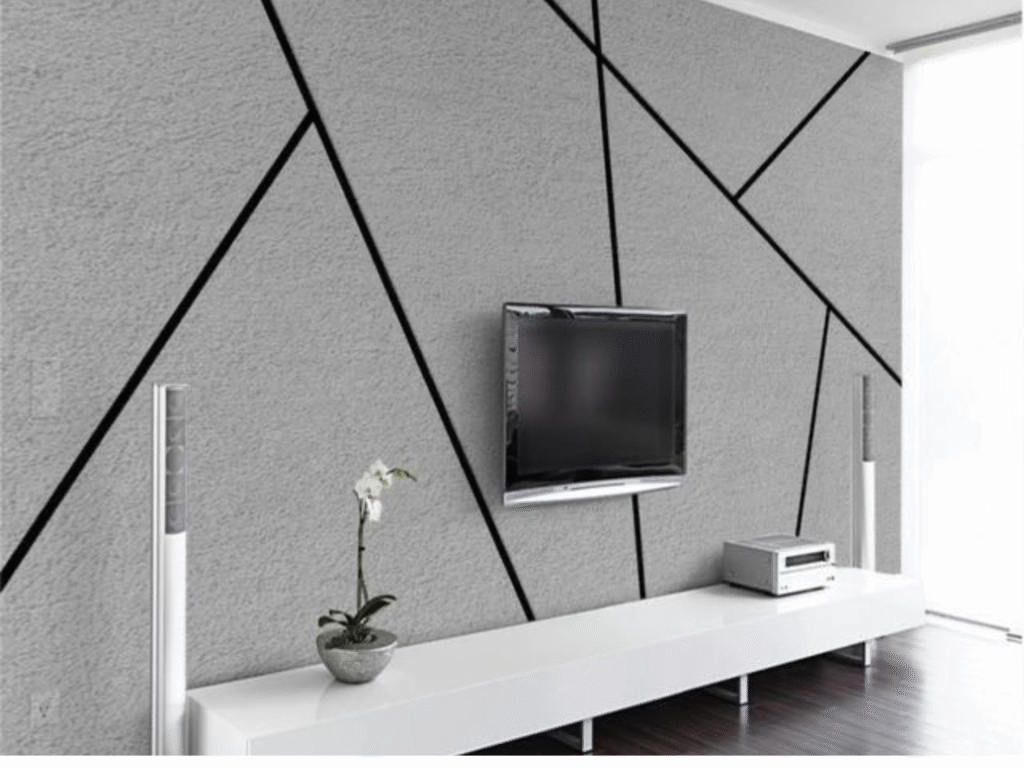
Stone Wall Texture
Stone wall texture brings a natural, rustic charm to modern interiors. It evokes the feeling of being surrounded by nature while adding depth and character to any room.
You can choose from various stone types, like slate, granite, or limestone. Each offers unique colors and patterns that enhance the ambiance of your space.
Installing a stone wall can be a statement feature in living rooms or entryways. It serves as an eye-catching backdrop for furniture arrangements or artwork.
Additionally, this texture provides excellent insulation properties. It keeps spaces warm in winter and cool during summer months.
For those seeking an organic touch without heavy renovations, consider using faux stone panels. They mimic real materials but are lighter and easier to install, making them accessible for DIY enthusiasts looking to transform their walls effortlessly.
Wood Wall Texture
Wood wall texture brings a warm and inviting feel to any space. Its natural look adds character and depth, making rooms feel cozier and more grounded.
You can choose from various types of wood finishes, like reclaimed barn wood or sleek modern planks. Each option tells its own story while enhancing the overall aesthetic.
Additionally, wood textures work well in both rustic and contemporary designs. A feature wall with vertical slats can create an illusion of height, while horizontal panels offer a laid-back vibe.
Consider mixing different woods for unique patterns or using painted finishes to suit your style better. The versatility of wood allows you to play with color and grain without overwhelming the room’s design.
Whether you’re aiming for a chic urban loft or a serene cottage retreat, wood wall textures provide endless possibilities for personalization.
Concrete Wall Texture
Concrete wall texture brings a modern, industrial vibe to any space. It’s durable and offers a raw aesthetic that can be both bold and subtle.
One of the appealing aspects of concrete is its versatility. You can leave it in its natural grey state or add color for a more personalized touch.
Textured finishes, like brushed or polished concrete, create depth and visual interest. These variations allow you to choose how rugged or refined you want your walls to appear.
Pairing concrete with softer elements—like wood furniture or plush fabrics—can balance the hard look while maintaining an edgy feel.
Moreover, it’s easy to maintain, making it ideal for high-traffic areas where durability matters most. Consider using this texture in living rooms, kitchens, or even bathrooms for a chic yet functional design choice.
Textured Wallpaper
Textured wallpaper offers a versatile way to introduce depth and character into any room. Unlike traditional flat wallpapers, these designs provide tactile experiences that can transform the mundane into the extraordinary.
Available in various patterns and finishes, textured wallpaper can mimic natural materials like linen or grass cloth. It adds an organic feel without requiring extensive renovations.
Installation is relatively straightforward, making it accessible for DIY enthusiasts. Options range from subtle textures that enhance elegance to bold designs that serve as focal points.
When choosing textured wallpaper, consider your room’s lighting and color scheme. The right choice can create stunning visual effects while maintaining harmony with the overall decor.
From rustic charm to modern flair, textured wallpaper adapts beautifully across styles. Its ability to redefine spaces makes it a favorite among interior designers seeking innovation within walls.
Faux Finish Wall Texture
Faux finish wall texture is a captivating way to add depth and character to your interiors. This technique mimics the appearance of materials like marble, stone, or wood without the hefty price tag.
Using various tools such as sponges, brushes, or rags, artisans create patterns that can transform plain walls into stunning focal points. The result is an elegant look that invites touch and admiration.
Color choices are limitless; from earthy tones to vibrant hues, faux finishes can suit any style. Whether you prefer a rustic charm or modern sophistication, this option adapts beautifully.
Moreover, it offers flexibility for DIY enthusiasts who want to experiment with their creativity. With practice and patience, a unique design can emerge in your living space. Faux finishes not only elevate aesthetics but also showcase personal flair in home decor.
Plaster Wall Texture
Plaster wall texture brings a timeless elegance to modern interiors. Its versatility allows homeowners to choose from various finishes, including smooth, rough, or even patterned textures.
This technique involves applying a mixture of lime, gypsum, or cement over walls. As it dries, it creates an alluring surface that can be painted or left in its natural hue.
One of the appealing aspects is the ability to customize your finish. You can achieve anything from a sleek contemporary feel to a rustic charm with just a few tweaks in application techniques.
The tactile quality adds depth and character to any room. This makes plaster not only visually striking but also inviting to touch.
Maintenance is relatively easy too; occasional cleaning with a damp cloth keeps it looking fresh without much effort required by you.
Geometric Patterns
Geometric patterns are a bold choice for wall textures that can transform any space. These designs add depth and visual interest, drawing the eye in multiple directions.
From sharp lines to intricate shapes, geometric patterns come in various forms. You might opt for triangles or hexagons, each bringing its own character to your walls. The symmetry of these designs often creates a sense of balance and harmony.
You can choose vibrant colors or stick with monochromatic schemes depending on your style preferences. A well-placed geometric feature wall can become a stunning focal point.
Applying geometrical textures also allows for creativity through stencils or paint techniques. It’s an opportunity to showcase personal flair while maintaining modern aesthetics in your home decor.
Mixed Media Walls
Mixed media walls are an exciting trend in modern interiors, blending various materials for a captivating visual effect. Imagine combining wood panels with metal accents or showcasing a vibrant mural alongside textured plaster.
The beauty of mixed media lies in its versatility. You can create focal points that draw the eye, adding depth and character to any room. This technique allows you to express your personality through artful combinations.
Consider incorporating unexpected elements like reclaimed barn wood next to sleek glass finishes. The contrast not only enhances aesthetic appeal but also adds tactile interest.
Experimenting with colors is another way to make a statement. Use bold hues against softer textures for dynamic interplay. Mixed media walls invite creativity; they tell a story as unique as your home itself, inviting guests into your personal narrative with every glance.
Tips for Choosing the Right Wall Texture for Your Home
Choosing the right wall texture can dramatically transform your space. Start by considering the overall style of your home. A sleek modern aesthetic may benefit from smooth finishes, while a rustic vibe could be enhanced with brick or wood textures.
Next, think about light. Textured walls can reflect and absorb light differently. Lighter textures brighten a room, while darker options create warmth and intimacy.
Don’t forget maintenance. Some textures require more upkeep than others. For instance, smooth surfaces are easier to clean compared to intricate designs that might gather dust.
Sample before committing. Paint swatches and small texture patches on your walls help visualize how different styles interact with your lighting and decor over time. This hands-on approach ensures you make an informed choice that fits both aesthetics and practicality seamlessly.
DIY Techniques for Creating Unique Wall Textures
Creating unique wall textures can be a fun and rewarding DIY project. One popular technique is the sponge painting method. Using a damp sponge, you can dab different colors of paint onto your wall for an organic, layered effect.
Another approach is using joint compound to create a stucco-like texture. Spread it on with a trowel or knife to form peaks and valleys that catch light beautifully.
For those seeking something more intricate, consider stenciling designs with textured paint or wallpaper paste mixed with pigments. This adds depth while allowing you to express your personal style.
If you’re looking for something quick but impactful, try applying fabric over the walls. Upholstery techniques like tufting introduce soft textures that instantly warm up any space.
Experimenting with these methods opens endless possibilities for artistic expression in your home’s design.
FAQs
When exploring the world of wall textures, questions often arise to clarify your options. Here are some frequently asked questions that can guide you in making informed decisions.
What are the most popular types of wall textures for modern interiors?
Smooth finishes, stucco, and brick textures remain favorites. However, unique options like wood and faux finishes are gaining popularity as homeowners seek individuality.
How do I choose the right wall texture for my room?
Consider your existing decor style first. A smooth finish may suit minimalistic designs, while a stone or brick texture adds character to rustic themes. Always think about lighting too; textured walls can create beautiful shadows and depth in well-lit spaces.
Can I apply these textures myself?
Many wall textures allow for DIY application with practice. Techniques like sponging or stenciling can be enjoyable projects if you’re up for a challenge. Textured wallpaper also offers an easy way to achieve a stylish look without extensive skills.
Do textured walls require more maintenance than smooth surfaces?
Textured walls may collect dust and grime more easily due to their uneven surface areas. Regular cleaning is important but manageable with proper care routines tailored to each texture type.
Are there any specific design trends related to wall textures this year?
This year’s trends lean heavily toward mixed media applications—combining different materials such as wood and metal—and bold geometric patterns that serve as statement pieces within living spaces.
If you have other queries regarding types of wall textures or need further guidance on your interior project, feel free to explore additional resources or consult professionals in home decor!

